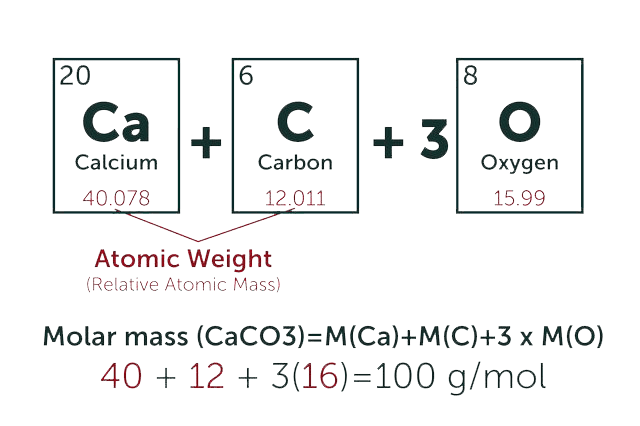1. Validation of AAST EGS Grade for Acute Pancreatitis
Moustafa Younis, Matthew Hernandez, Mohamed Ray-Zack, Nadeem N Haddad, Asad Choudhry, Pooja Reddy, Martin D Zielinski Comparative StudyJ Gastrointest Surg. 2018 Mar;22(3):430-437.doi: 10.1007/s11605-017-3662-0.Epub 2018 Jan 16.
Background:The AAST recently developed an emergency general surgery (EGS) disease grading system to measure anatomic severity. We aimed to validate this grading system for acute pancreatitis and compare cross sectional imaging-based AAST EGS grade and compare with several clinical prediction models. We hypothesize that increased AAST EGS grade would be associated with important physiological and clinical outcomes and is comparable to other severity grading methods.
2. EGS plus: Predicting futility in LVAD patients with emergency surgical disease
Aubrey Place, Marta McCrum, Teresa Bell, Raminder Nirula Am J Surg. 2022 Dec;224(6):1421-1425.doi: 10.1016/j.amjsurg.2022.10.031.Epub 2022 Oct 17.
Background:While emergent, non-cardiac surgery can be safely performed in LVAD patients, the inherent perioperative challenges of these rare procedures and the perception that these patients may be poor surgical candidates can contribute to reluctance to perform necessary emergency general surgery (EGS) procedures. We, therefore, sought to identify predictors of inpatient mortality to assist perioperative decision-making.
3. The External Genitalia Score (EGS): A European Multicenter Validation Study
Saskia van der Straaten, Alexander Springer, Aleksandra Zecic, et al. Multicenter StudyJ Clin Endocrinol Metab. 2020 Mar 1;105(3):dgz142.doi: 10.1210/clinem/dgz142.
Context:Standardized description of external genitalia is needed in the assessment of children with atypical genitalia.Objectives:To validate the External Genitalia Score (EGS), to present reference values for preterm and term babies up to 24 months and correlate obtained scores with anogenital distances (AGDs).Design, setting:A European multicenter (n = 8) validation study was conducted from July 2016 to July 2018.Patients and methods:EGS is based on the external masculinization score but uses a gradual scale from female to male (range, 0-12) and terminology appropriate for both sexes. The reliability of EGS and AGDs was determined by the interclass correlation coefficient (ICC). Cross-sectional data were obtained in 686 term babies (0-24 months) and 181 preterm babies, and 111 babies with atypical genitalia. Results:The ICC of EGS in typical and atypical genitalia is excellent and good, respectively. Median EGS (10th to 90th centile) in males < 28 weeks gestation is 10 (8.6-11.5); in males 28-32 weeks 11.5 (9.2-12); in males 33-36 weeks 11.5 (10.5-12) and in full-term males 12 (10.5-12). In all female babies, EGS is 0 (0-0). The mean (SD) lower/upper AGD ratio (AGDl/u) is 0.45 (0.1), with significant difference between AGDl/u in males 0.49 (0.1) and females 0.39 (0.1) and intermediate values in differences of sex development (DSDs) 0.43 (0.1). The AGDl/u correlates with EGS in males with typical genitalia and in atypical genitalia.Conclusions:EGS is a reliable and valid tool to describe external genitalia in premature and term babies up to 24 months. EGS correlates with AGDl/u in males. It facilitates standardized assessment, clinical decision-making and multicenter research.
























